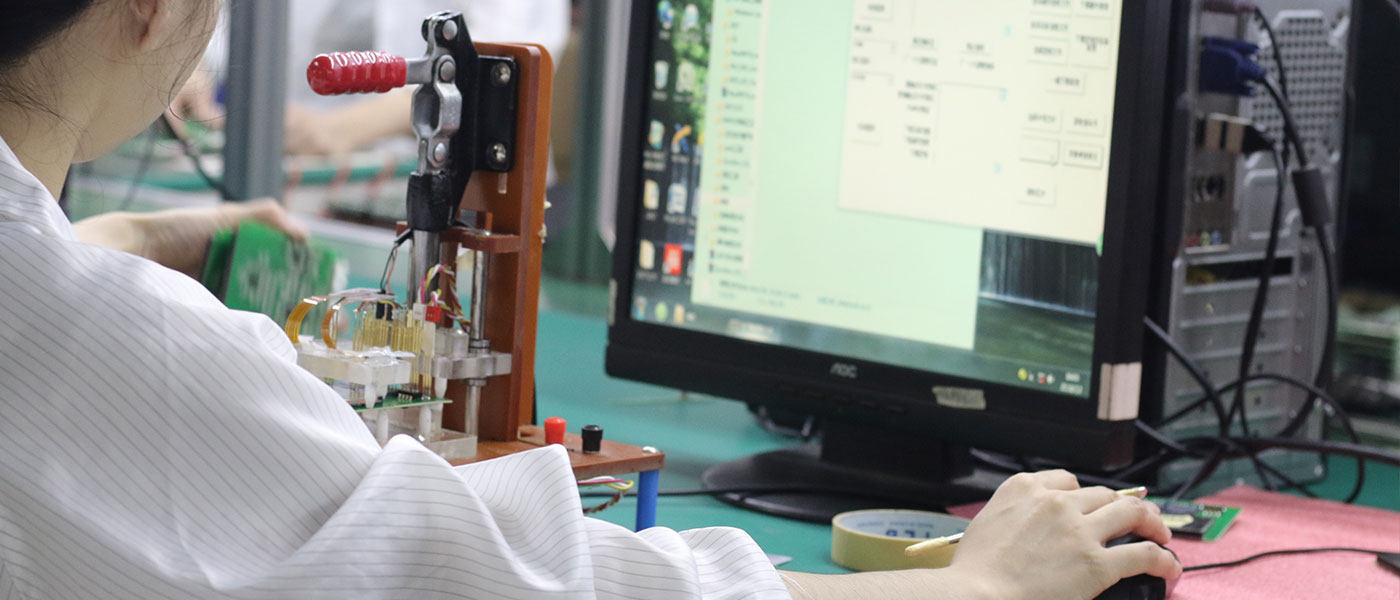PCB Assembly testing, often abbreviated as PCBA testing, refers to the comprehensive assessment of assembled printed circuit boards (PCBs) to ensure their functionality, reliability, and adherence to design specifications. This process involves various testing methods such as In-Circuit Testing (ICT), Functional Testing (FCT), and environmental testing like temperature and humidity testing. The goal is to identify any defects or faults in the assembly before mass production, ensuring high-quality, reliable PCBs for use in electronic devices.
Why Our Services Are Reliable
Our team of experienced professionals is dedicated to providing personalized support and guidance every step of the way.
Stay ahead of the curve with our cutting-edge testing solutions designed to meet the evolving needs of the industry.
We're committed to delivering tangible results that enhance your bottom line and drive business success.
Huaxing has 9 SMT production lines and state-of-the-art equipments.
We are committed to providing high-quality small to medium batch production services.

Visual Inspection
In-circuit Testing (ICT/Bed of nails)
Flying probe testing (FPT)
Automated optical inspection (AOI)
Automated X-ray Inspection (AXI)
Burn-in Testing:
Functional Testing (FCT)
Fatigue Test
Aging Test
PCBA testing involves conducting electrical conductivity and input/output value-based assessments of assembled printed circuit boards (PCBs) containing electronic components. Custom PCB designs typically entail specific numerical relationships between various test points, such as voltage and current. By subjecting PCBA boards to rigorous testing, fatal errors can be identified prior to mass production, leading to significant time and cost savings for companies. Early detection of defects in the PCBA process is crucial for mitigating any potential threats to brand identity or reputation. Addressing issues promptly ensures that rectification measures are easier and more cost-effective.